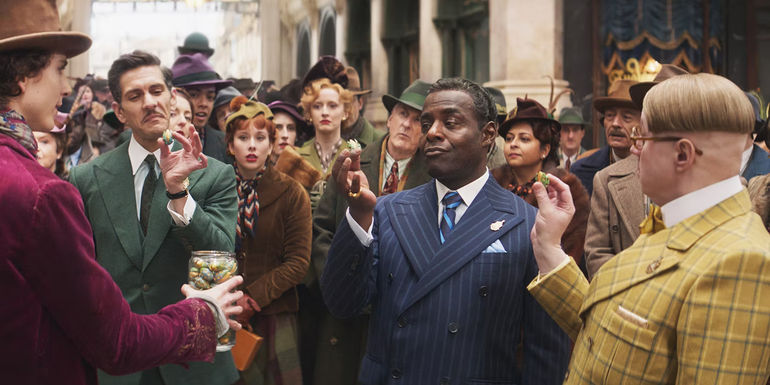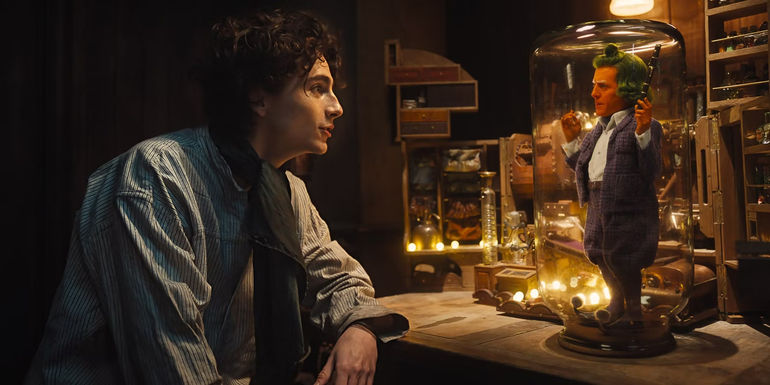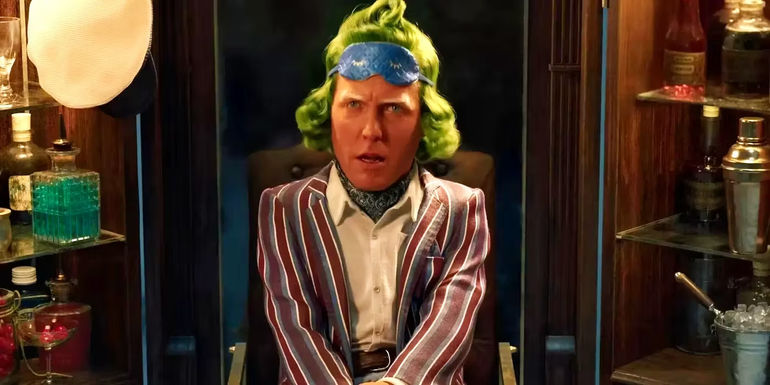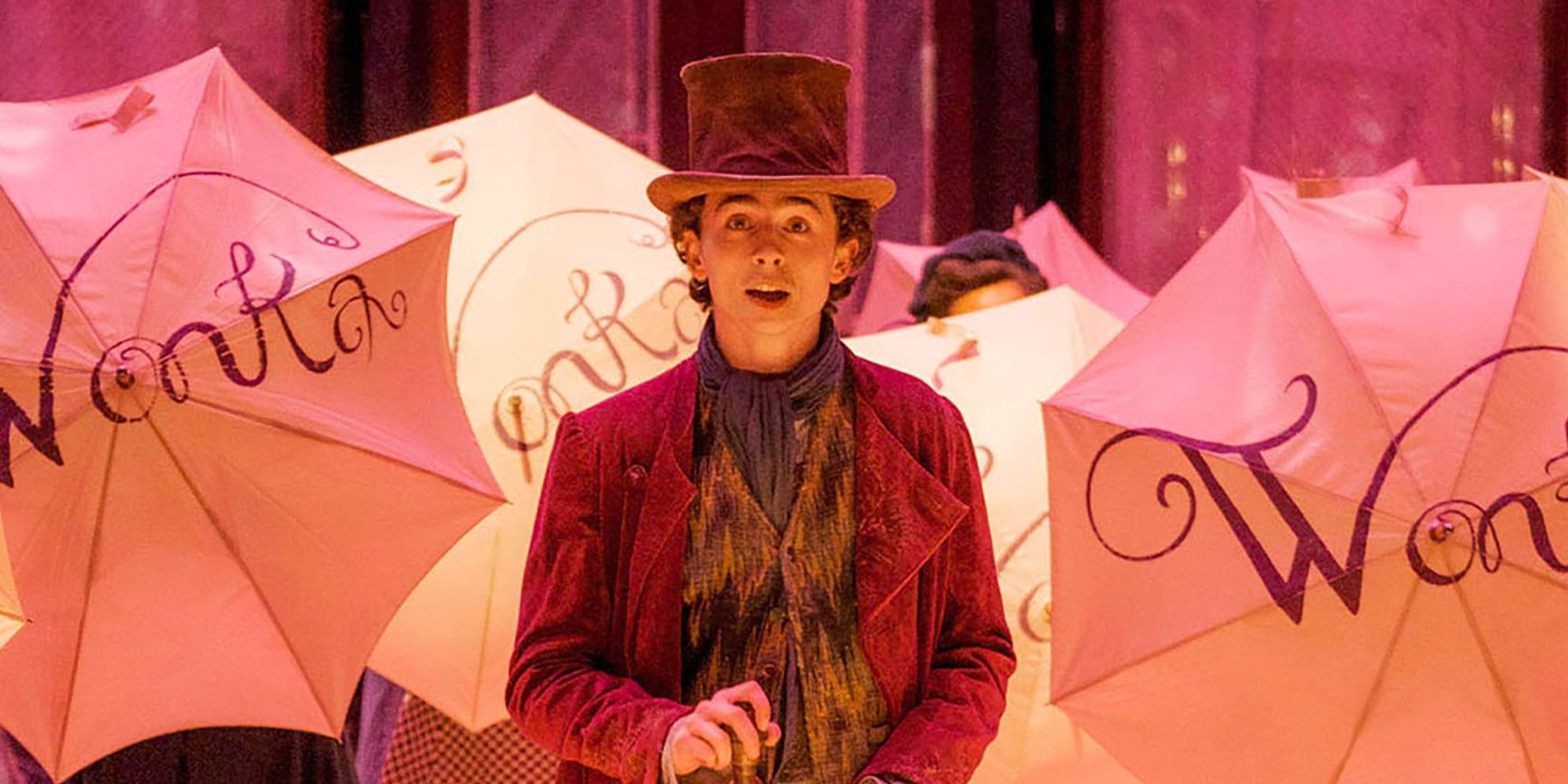
Exploring the Unique Features of Wonka: A Fresh Take on Roald Dahl's Classic

A comparison of Wonka with the original book and previous movies, highlighting its narrative and character differences.
Wonka's Unique Chocolates and Inventions
Wonka introduces many unique chocolates throughout its runtime, some of which are also reminiscent of Willy Wonka's inventions from the books and the previous movies. However, one chocolate that is more narratively significant than the others is the 'hoverchoc.' Introduced in Wonka's opening arc, a hoverchoc allows a consumer to levitate, just like the Fizzy Lifting drinks from the original book and the previous movies. However, unlike the Gene Wilder and Johnny Depp movies and the Roald Dahl novel, where a consumer can burp to diminish the levitation effect of the drink, the hoverchoc functions differently. One has to wait for the hover-fly in Wonka's hoverchoc to get tired and exit through the rear to be able to stop levitating.
Fickelgruber Slugworth and Prodnose holding hoverchocs in Wonka
While the Fizzy Lighting drinks did not hold much narrative heft in the original book and Tim Burton's Charlie and the Chocolate Factory, it almost kills Charlie and his grandpa in the 1971 film after they nearly float into a ceiling fan before burping their way down. Even in Wonka, hoverchocs hold narrative value because they put Willy Wonka on Arthur Slugworth, Mr. Prodnose, and Mr. Fickelgruber's radar in the movie's opening arc. In Wonka's ending moments, the titular character also gets back at the three rival candy makers by making them eat his hoverchocs.
sally hawkins as willy wonka's mother in wonka
A Shift in Parental Figures
The 1971 and 2005 movies and the original Charlie and the Chocolate Factory book feature toxic parental figures. They highlight how parents have the power to influence how their child behaves and how both vice and virtue are learned, not inherent. Charlie and the Chocolate Factory even harkens back to Willy Wonka's past and highlights how young Wonka grew up in a strict household where his father would burn his Halloween chocolates. Paul King's Wonka changes this franchise trend by showing the outcome of healthy parenting. It portrays that despite losing their mothers at a young age, Willy Wonka and Noodle stay humble and kind because their mothers raised them right.
Timothee Chalamet talking to Hugh Grant as an Oompa-Loompa in Wonka
The original book and the 1971 and 2005 movies do not feature Willy Wonka's mother as a character, making Wonka the first film to pull off this feat.
Johnny Depp, Timothee Chalamet, and Gene Wilder as Willy Wonka
The Evolution of Oompa Loompa Dynamic
Instead of featuring several Oompa Loompas as the workers in Willy Wonka's chocolate factory, Wonka only presents one Oompa Loompa, Lofty. Unlike the previous movies and the original book, where the Oompas Loompas have a collaborative relationship with Willy Wonka, Hugh Grant's Lofty in Wonka is initially the secondary antagonist who steals chocolates from the titular character. However, towards the movie's end, his relationship with Wonka evolves when he saves him and Noodle from drowning in chocolate and even agrees to work with him in his chocolate factory.
Hugh Grant as an Oompa-Loompa wearing a sleep mask in Wonka


















